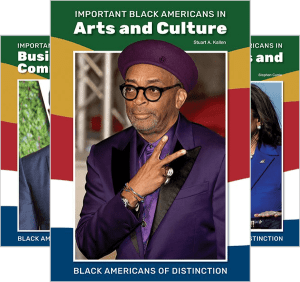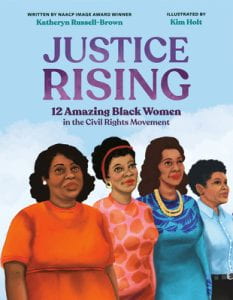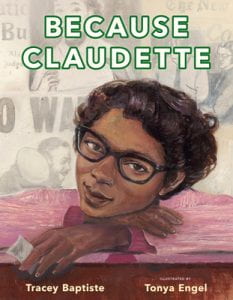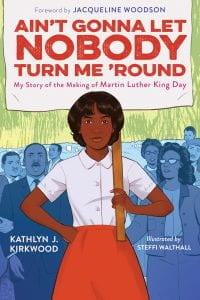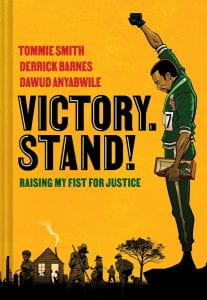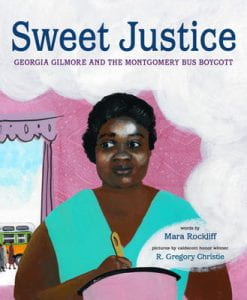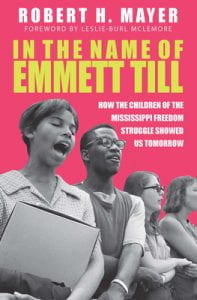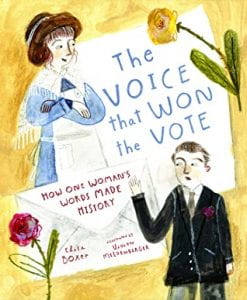 LaNier, Carlotta Walls, and Lisa Frazier Page. A Mighty Long Way: My Journey to Justice at Little Rock Central High School (Adapted for Young Readers). Delacorte Press, 2023. 978-0-593-48675-7. $17.99. 294 p. Grades 5-10.
LaNier, Carlotta Walls, and Lisa Frazier Page. A Mighty Long Way: My Journey to Justice at Little Rock Central High School (Adapted for Young Readers). Delacorte Press, 2023. 978-0-593-48675-7. $17.99. 294 p. Grades 5-10.
A Mighty Long Way is the first person account of Carlotta Walls LaNier, the youngest member of the Little Rock Nine–the first nine students to integrate Little Rock Central High School in 1957. Walls LaNier grew up in a close-knit community, full of extended family and friends. Her family placed a high value on education, and Carlotta enjoyed school and was a good student. When, following the Supreme Court ruling ordering desegregation of schools, the opportunity arose for Carlotta to attend Little Rock Central High School, noted for its excellent academic programs, Carlotta immediately signed up. Thus, with eight other students, she enrolled in the school in the fall of 1957. The members of the group faced many challenges, including regular verbal and physical abuse from some students. Their family members lost jobs and had to leave town to find employment. In 1960, the Walls’ home was bombed while Carlotta and her family slept inside. Despite these obstacles, Carlotta graduated from Central High in 1960, and went on to earn a college degree, become a realtor, and raise a family.
THOUGHTS: This powerful first-person account deserves a spot on shelves in libraries serving middle and high school students. It would also be an excellent choice for book studies in American history classes.
Biography

